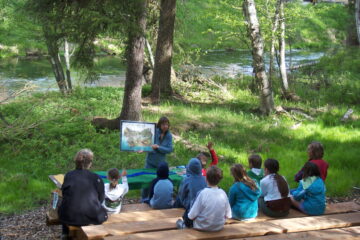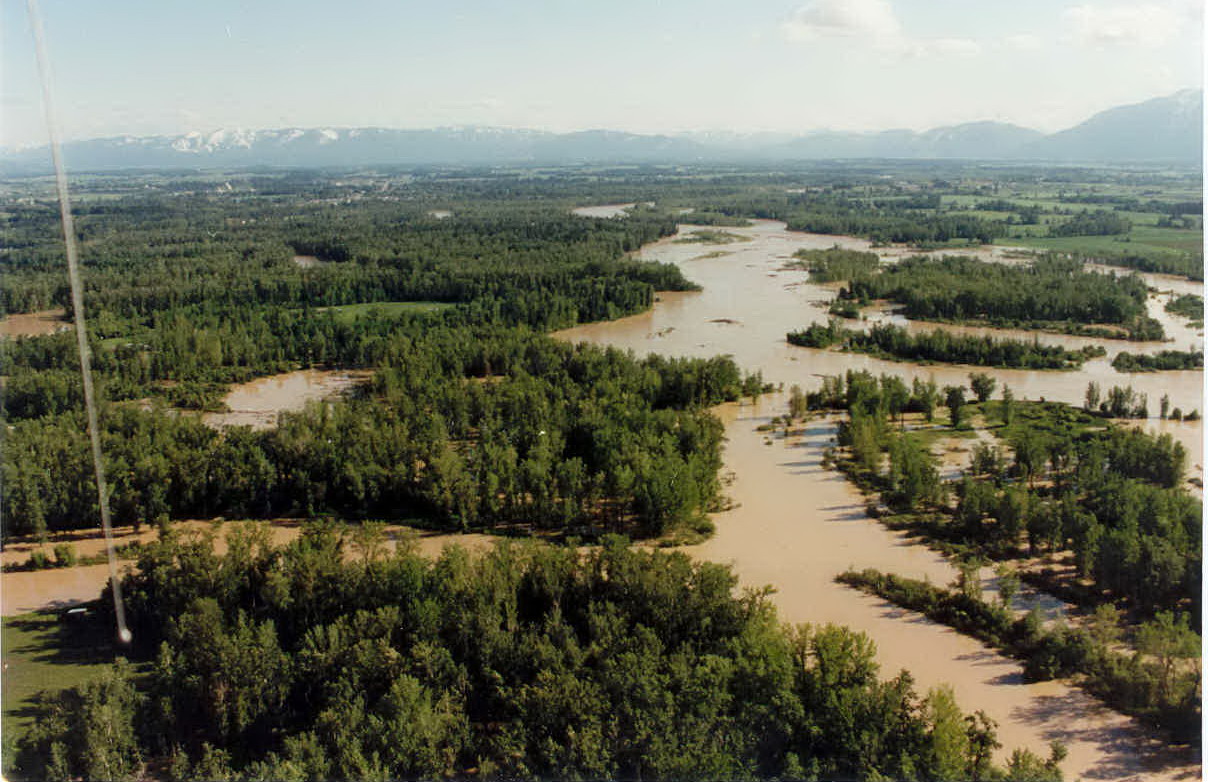Featured Valley Resource
An Abbreviated History of the Creston National Fish Hatchery
By: Mark Maskill The site for the Glacier Park National Fish Hatchery was selected in 1935 by officials of the National Park Service (NPS). In December of 1935 an option was taken on the Jessup Mill Property by interested friends of the NPS. Legislation authorizing the purchase was initiated in Read more…

